A computational study has challenged long-standing assumptions about the nature of bonding in liquid gallium, offering a new explanation as to why the metal has such a low melting point.1
A classic chemist’s party trick is to give a gallium teaspoon to an unsuspecting guest. Sturdy and shiny on the saucer, the spoon will promptly melt in a hot beverage, thanks to its melting point of just 29.8°C. The trait sets gallium apart from groupmates such as aluminium, and has been attributed to covalent bonding between pairs of atoms.
‘Covalency is unusual for metals, generally,’ says Nicola Gaston, a materials scientist at the University of Auckland in New Zealand. ‘It’s pretty much just the metals in the p-block that have some, but even amongst all of those p-block relatively poor metals, where they’re on their way to becoming semiconductors, gallium’s the only one that really has a clear dimeric structure in its standard state.’
Conventional wisdom has held that the covalent dimers present in solid gallium persist through the melting transition, and that this molecular mode of melting accounts for the low temperature. ‘We thought that it was because it’s like ice,’ comments Gaston. ‘You’re breaking some of the bonds but not all the bonds, so it means the energy difference, the energy cost, is much lower for gallium than it would be for a regular metal.’
‘This I think was the reason for a lot of the papers that are in the literature looking for these dimeric bonds, but a lot of them kind of came up with a negative result,’ says Gaston. ‘If you look just in the low-temperature liquid, you find that there’s really no signature of covalent bonds. And that’s what we find as well.’
Using molecular dynamics simulations, Gaston and colleagues in New Zealand and Germany decided to compare the prevalence of covalent bonding in liquid gallium at different temperatures – specifically 47°C, 177°C and 727°C. One of the challenges they encountered was determining when the interaction between neighbouring atoms was indeed a covalent bond, as this didn’t jump out of the simulations as a convenient yes/no answer. Instead, they used measures of electron localisation and atomic proximity – together with the duration these measures persisted within certain cutoffs – to judge when a covalent bond existed. Gaston says their criteria were more conservative than typically employed in such simulations, to be sure that they ‘weren’t seeing things’.
High-temperature covalency
What had begun as a straightforward benchmarking of liquid gallium threw up a surprising result. ‘At the melting transition, it goes from being completely dimeric to completely monomeric, and then the dimeric bonding comes back at high temperatures, much closer to the normal melting temperature [of a metal],’ explains Gaston. She argues that this trend resolves many small but nagging anomalies that have cropped up in previous studies of gallium. For example, it explains why gallium’s resistivity drops upon melting and then rises with increasing temperature. But it also has profound implications for the melting transition itself. If, contrary to what was supposed, all the bonds break upon melting, why then does it happen at such a low temperature?
The answer, Gaston proposes, lies in entropy, not energy. ‘Because it goes from a dimeric solid to a monotonic liquid, there’s a change in the degrees of freedom for each atom, which is much larger than it would be for a normal metal. That big entropy difference is what reduces the melting temperature.’
The explanation impresses Michael Dickey, an experimentalist who works on liquid metals. ‘I thought that was very elegant. I like that argument because it makes sense.’
Dickey – who is based at North Carolina State University in the US – knows well that ‘funky things happen to the metal due to its covalent character’. But he is not fully convinced that the experimental literature reflects this study’s findings. He points to a recent study showing that liquid gallium has liquid crystalline properties,2 indicating a dimeric state, and suggests that the resistivity behaviour might be explained by an increase in density when gallium melts. He also wonders if hysteresis may muddy the picture further: ‘Let’s just say you heat the metal to 500 degrees or something really high, and then you cool it down. Does it sort of know that it was heated to 500 degrees?’
What’s certain is that gallium’s uses go far beyond joke teaspoons. The metal’s unusual properties find it in applications in fields from electronics to catalysis, and it is frequently blended with other metals to form low-melting-point alloys. Indeed, it was the study of such alloys that motivated Gaston to look more closely at liquid gallium in the first place.
‘We’re definitely planning a lot more simulations of more complex systems,’ she says. ‘But having an idea of the temperature dependence of the pure gallium system itself is really important for us before we go and try to make predictions about what’s going to happen with dopant and alloy systems.’
References
1 S Lambie, K G Steenbergen and N Gaston, Mater. Horiz., 2024, DOI: 10.1039/d4mh00244j
2 M Yunusa et al, Adv. Mater., 2021, 33, 2104807 (DOI: 10.1002/adma.202104807)

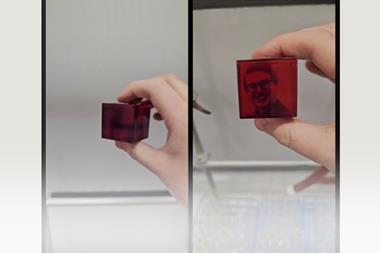
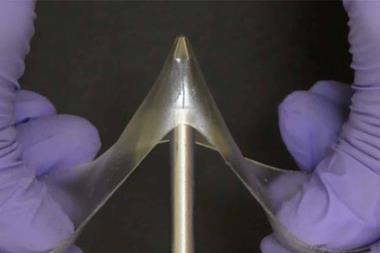


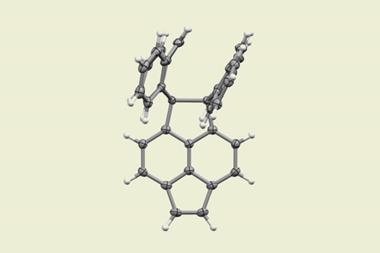
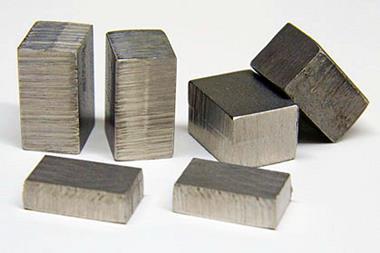



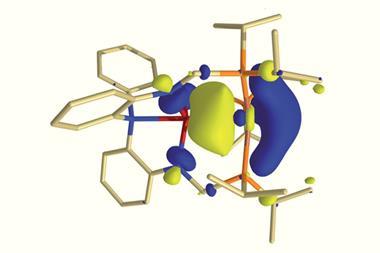

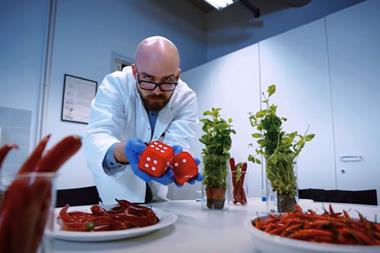










No comments yet